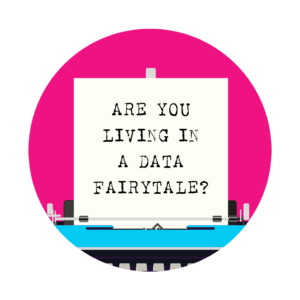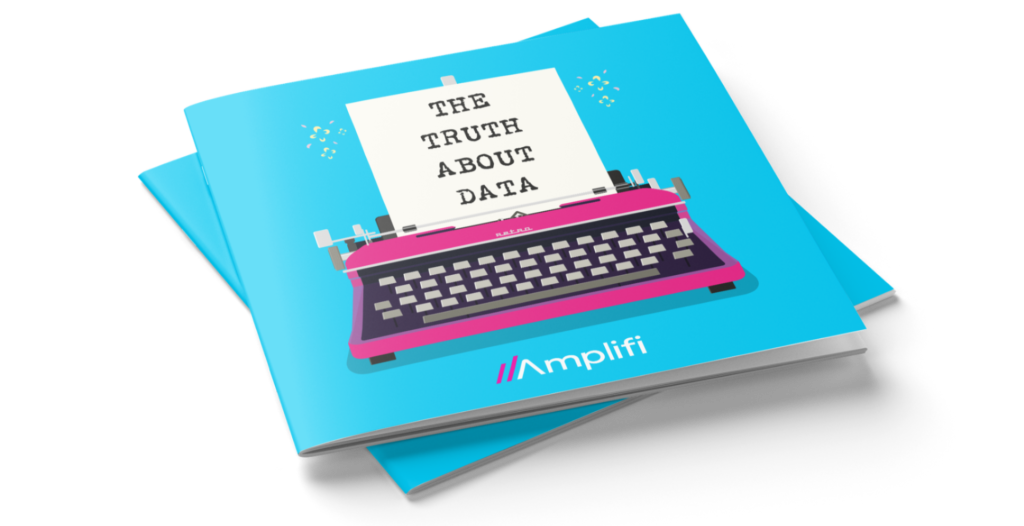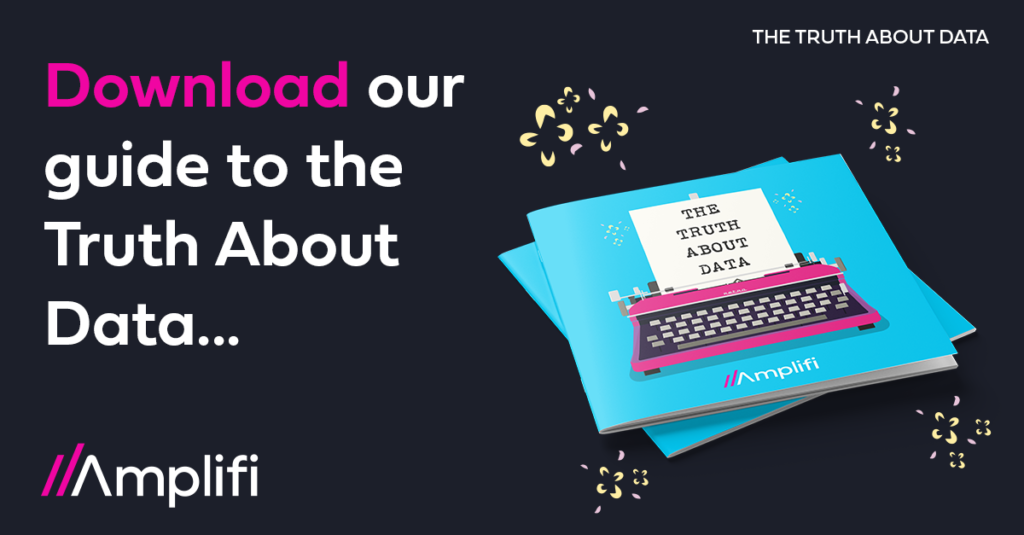If something seems too good to be true, it probably is: here’s Amplifi’s guide to understanding what data management acronyms really mean.
If fairy tales have taught us anything, it’s that if something seems too good to be true, it probably is.
Pumpkin coaches dissolve at midnight. Confectionary-covered gingerbread houses contain murderous witches. Charming wolves don’t have your best interests at heart.
It’s a lesson that’s well worth applying to data solutions – especially in today’s frenetic acronym economy. Whenever a new acronym pops up, it can be so easy to see it as a quick fix to increasingly specific data challenges. Need to wrangle your product data? PIM can do it for you. Want better insight into your customers? Sign up to a CMDM platform. Want to use data to analyze, measure, improve and automate business processes? Try a BPM platform.
 Yet it’s not that simple. These products and services may appear to be wrapped up in an appealing and convenient package, but get past the shiny paper and you’ll often find that making them a success, with tangible commercial outcomes for your business, is not as simple as first seemed.
Yet it’s not that simple. These products and services may appear to be wrapped up in an appealing and convenient package, but get past the shiny paper and you’ll often find that making them a success, with tangible commercial outcomes for your business, is not as simple as first seemed.
That’s not to say that they aren’t useful. They are. But as we’ve said before, these data solutions are tools, not a magic wand that will solve everything. Every acronym is part of a data puzzle as opposed to the full picture: they need to be pieced together with the right services and initiatives if you want to get real results.
Unfortunately, thanks to the sheer number of acronyms flying around the data market at the moment, it’s becoming increasingly difficult for businesses to identify what pieces they need to complete that picture and where they should sit in their overall data strategy. For instance, do you need PIM or PMDM, or both? Is DQ or DG better to make sure that you have high-quality data? Why would I need CMDM if I already have MDM?
Acronyms are supposed to make data management simpler, but in reality, they are making it a lot more complicated. Firstly, by unintentionally leading organizations to believe they have a ‘fix all’ solution. Secondly, by presenting so many variations on data management solutions that are fundamentally very similar. And thirdly, by glossing over the fact that no matter what tool you choose, you will still need to address data practices and attitudes in your business to make it work.
So, how do you make sure you’re choosing the perfect solutions for your data goals, and not walking into a sugar-coated data nightmare?
- Learn about data’s acronym economy, or at least the core products and services that are on offer and the differences between them.
- Engage a third party who can support you through the tech selection process and evaluate what you need from your software (both Gartner and technology vendors recommend this partner-led approach: they want you to get good results from their platforms too).
- Understand your data quality and your data culture: both will have an impact on your technology’s success, and both can be fixed with the right processes and business-wide buy-in.
While Amplifi can help you with steps two and three, step one is a little harder, as acronyms are appearing left, right and center and writing a comprehensive list feels futile. However, we can list some of the core services and solutions and explain what they mean.
Acronyms, unmasked: the truth behind key data abbreviations and buzzwords
PIM = Product Information Management
The process of managing information about your products, usually with the intention to use that data to sell or promote the products through multiple digital channels.
PMDM = Product Master Data Management
Still product information, but tends to be focussed more on supply chain data and product provenance, storing key attributes of the product.
CRM = Customer Relationship Management
CRM refers to how you manage interactions with your customers. CRM software provides a platform that makes sure customer data is available to nurture this relationship, for better customer experience, retention, and sales.
ERP= Enterprise Resource Planning
A software that helps you to manage day-to-day business operations, allowing data to flow between activities like accounting, supply chain, project management, etc. The key word here is ‘help’: you still need the right data for it to function properly.
BPM = Business Process Management
Another data tool that covers core business actions, but this time more focused on the process side of things, as opposed to organizational. Uses lots of methods to analyze, measure and optimize business processes, coordinating both people and technology behaviors across the business.
MDM = Master Data Management
A business discipline that combines people, process and technology to ensure that master data assets are managed effectively. Note that we refer to MDM as a discipline, not just a product: MDM platforms help you with this process, but they are only part of the process.
CMDM = Customer Master Data Management
Just like MDM, but with a special focus on customer data. By combining CMDM platforms with the right business approach to data, you can get a single source of truth on every customer.
CDP = Customer Data Platform
Software that brings together data from multiple tools and touchpoints to create a centralized database, allowing you to analyze, track and manage customer interactions.
AI = Artificial Intelligence
Systems that can perform tasks that would usually require human intelligence, like natural language processing. AI is both fuelled by data, and can augment data management solutions to make them faster, cheaper and simpler.
 ML = Machine Learning
ML = Machine Learning
An application of AI where systems learn and improve their performance without being explicitly programmed. Can be applied to a number of data management scenarios, like automated data quality improvement.
DQ = Data Quality
The characteristics that define ‘good data’ for your business – its accuracy, completeness, consistency, timeliness, validity and uniqueness – and the processes used to measure and improve them. You can buy tools to support DQ, but you need to know what good quality data looks like for your business first, and define how to get it.
DG = Data Governance
Data governance is the set of rules and processes that make sure high-quality data is available when and where you need it. It’s basically the way people and programs interact with data. It’s an ongoing process, not a one-off initiative, and is closely tied to data culture.
Data democracy
Enabling everyone in your organization to work with and benefit from data, regardless of their technical training or experience. Data management tools can help you to bring democratized access to data, but they can’t force people to use them. For that, you need to address your data culture.
Data Culture
The way that your business values and interacts with data. Data governance is a good first step toward building a data culture, but it is a long-term process that requires complete buy-in across the business to be a success.
In our latest guide, we extract the truth from data fiction, helping you to demystify data and get real commercial results from your data investments, ‘The Truth About Data‘, download it below!



